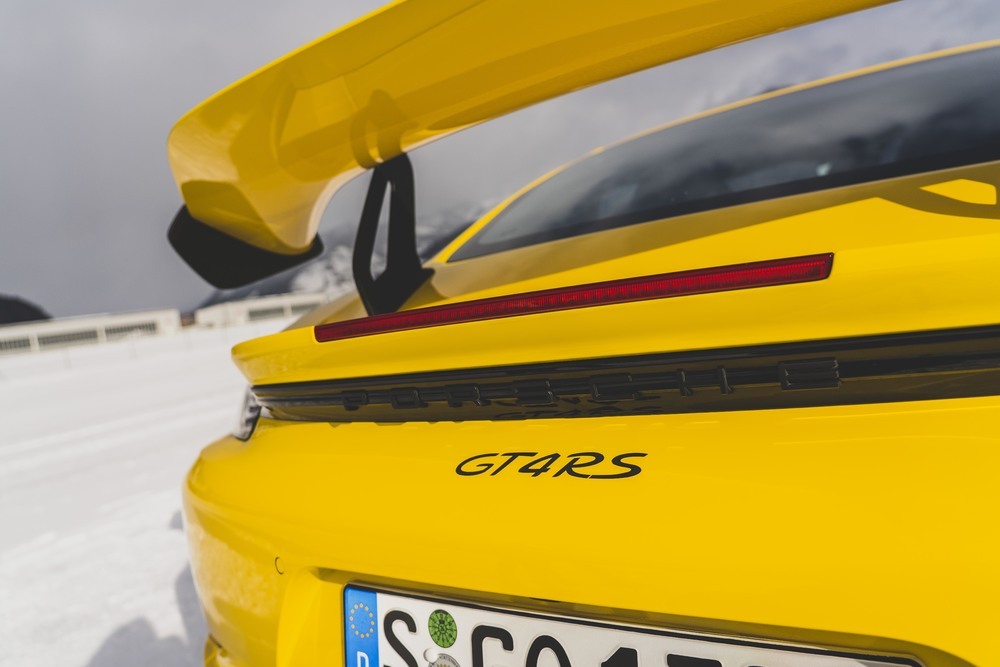Current Press releases
Virtual Roads: from the street to a video game A new Porsche innovation project allows drivers to quickly and easily digitalise their favourite routes
Stuttgart . Rediscover the most beautiful roads in a
Developing a new video game can take months, if not years. For example, the tracks for racing simulators must be precisely scanned by experts using lasers before they can be digitalised.
"If you ask people what they think is the most beautiful road, everyone has their own, very personal route in mind. The characteristics of the topography are what make a route particularly attractive, regardless of whether it is a unique Alpine pass or a legendary coastal road," says Robert Ader, Chief Marketing Officer (CMO) at
The project is based on specialist software that uses technology such as artificial intelligence to capture a road and its surrounding features, such as crash barriers and trees. These characteristics are then reproduced as faithfully and quickly as possible in a digital 3D form. The programme has been developed by Way Ahead Technologies and draws on an extensive graphics archive. Data protection was an important element of the development process: the programme makes sure that other road users are not plucked from real life and transferred into the virtual world.
The file for each unique route that is generated using the new application is currently compatible with a number of racing games including 'Assetto Corsa', meaning that
Racing games generally allow the user to choose any car for their virtual drive and the simulation is based on the power output and handling of the chosen vehicle. The characteristics of the route are also conveyed in the most realistic way possible: an appropriately equipped simulator mimics an uneven road surface with vibration, while drivers that approach a corner too fast will feel themselves slide off the road. Ambitious drivers can use the simulations to tackle particularly demanding routes in a sports car, improve their lap times and compete with others without any risk. The technology can also be used for a wide range of other scenarios.
"After several years of development work, our software is now so advanced that it can digitalise routes for virtual roads of up to eight kilometres long in less than an hour, depending on how complex the route is," says Roger Rueegg from Way Ahead Technologies. "We're also looking at other options and functions at the moment." For example, Rueegg thinks that data from the sensors that measure lateral acceleration and chassis control could also be recorded and used in the future.
The partnership with Way Ahead Technologies is one example of how
Further information, film and photo material in the
2/9/2022
Further information and pictures for journalists and media representatives can be found on the














